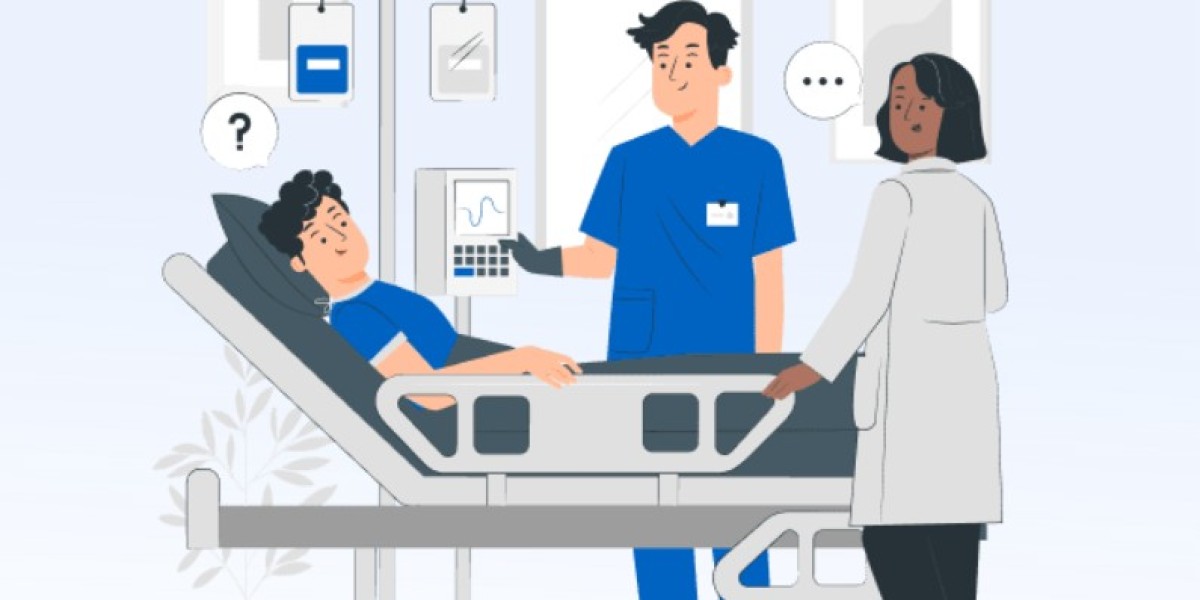In the ever-evolving landscape of healthcare, the integration of technology has led to transformative changes in patient care. One of the most revolutionary advancements is the utilization of Remote Patient Monitoring (RPM) software solutions. This article provides an in-depth exploration of how RPM is reshaping the management of chronic conditions, offering continuous monitoring and personalized care plans for patients dealing with diseases such as diabetes, hypertension, and heart disease.
Empowering Patients through Continuous Monitoring:
Remote Patient Monitoring software solutions empower individuals with chronic conditions by providing continuous monitoring of vital signs and health metrics. Patients, particularly those with conditions like diabetes, can benefit from real-time tracking of blood glucose levels, allowing for immediate interventions and adjustments to their treatment plans. This continuous monitoring not only enhances patient engagement but also enables healthcare providers to offer timely support, ultimately improving overall disease management.
Personalized Care Plans for Targeted Interventions:
RPM software goes beyond traditional healthcare models by offering personalized care plans based on individual patient data. The software analyzes a patient's health information in real-time, allowing healthcare professionals to tailor interventions that address specific needs. For instance, patients with hypertension may receive personalized guidance on lifestyle modifications, medication adherence, and dietary recommendations. This targeted approach enhances the effectiveness of chronic disease management strategies.
Reducing Hospital Readmissions and Emergency Room Visits:
The continuous monitoring facilitated by RPM software contributes significantly to reducing hospital readmissions and emergency room visits. By detecting potential issues at an early stage, healthcare providers can intervene proactively, preventing complications that could lead to hospitalization. This not only improves patient outcomes but also contributes to the overall efficiency of healthcare systems.
Improving Quality of Life for Heart Disease Patients:
Heart disease patients benefit immensely from RPM solutions that monitor vital signs such as heart rate and blood pressure. The continuous tracking of these metrics enables early identification of irregularities, allowing healthcare providers to adjust medications and treatment plans promptly. This proactive approach not only improves the quality of life for heart disease patients but also enhances their sense of security and well-being.
Cost-Effective Long-Term Care:
RPM software solutions offer a cost-effective approach to long-term chronic disease management. By preventing complications and reducing the need for emergency medical interventions, these solutions contribute to overall cost savings within the healthcare system. Patients also experience financial benefits by avoiding frequent hospital visits and associated expenses.
Conclusion:
In conclusion, Remote Patient Monitoring software solutions are revolutionizing the landscape of chronic disease management. By providing continuous monitoring and personalized care plans, RPM is empowering patients, improving healthcare outcomes, and contributing to the overall efficiency and sustainability of healthcare systems. As technology continues to advance, the impact of RPM on chronic disease management is poised to grow, offering a brighter and more personalized future for patients dealing with these conditions.







